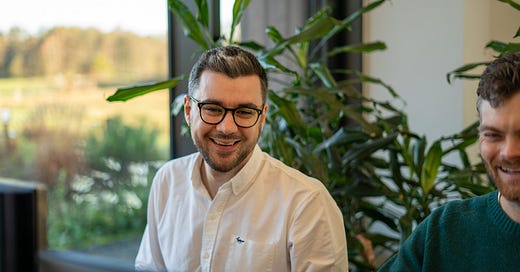Stop Broadcasting
An email newsletter is a fantastic way to start a community, but should you call it a community?
There's something about a mailing list being called a community causes me to wince.
An email newsletter is a fantastic way to start a community, but should you call it a community?
Let's dig in.
At Steadfast Collective, we use this definition of community;
"A collective of people connecting to share, help and engage around a common interest or cause."
A newsletter is one way communication.
At this point, you're broadcasting, not building community.
In fact, I can think of a few different 'communities' I've been a member of where communication is all one way—even those that have the platforms and resources to become self-sustainable.
Looking at the community participation ladder taken from the Digital Community Leaders report, we can see that observers are seated at the lowest rung.
If you're only giving your members a chance to read your content and not climb the ladder, you're missing out on so much potential for growth.
Weeks' 2023 report highlighted that their research showed that community relationships are core to growth.
Building a relationship with someone who talks at you rather than with you is hard.
You should consider transitioning from a broadcast approach to communication (email, social, etc) to a more inclusive and interactive community model.
Here are actionable strategies for true engagement:
Integrate Interactive Elements
Use newsletters as a starting point to direct members to forums, social media groups, or chat platforms where they can discuss content, share their insights, and connect with others.
Encourage Member Contributions
Invite members to contribute to the newsletter or other community platforms. This could include member spotlights, guest articles, or sharing personal stories related to the community's focus.
Leverage Technology for Two-Way Conversations
Utilise survey tools, Q&A sessions, and live discussions to gather feedback and encourage active participation. Make it clear that member input is valued and shapes the community's direction.
Organisations can transform passive audiences into thriving communities by shifting focus from broadcasting to building relationships and encouraging active participation.






